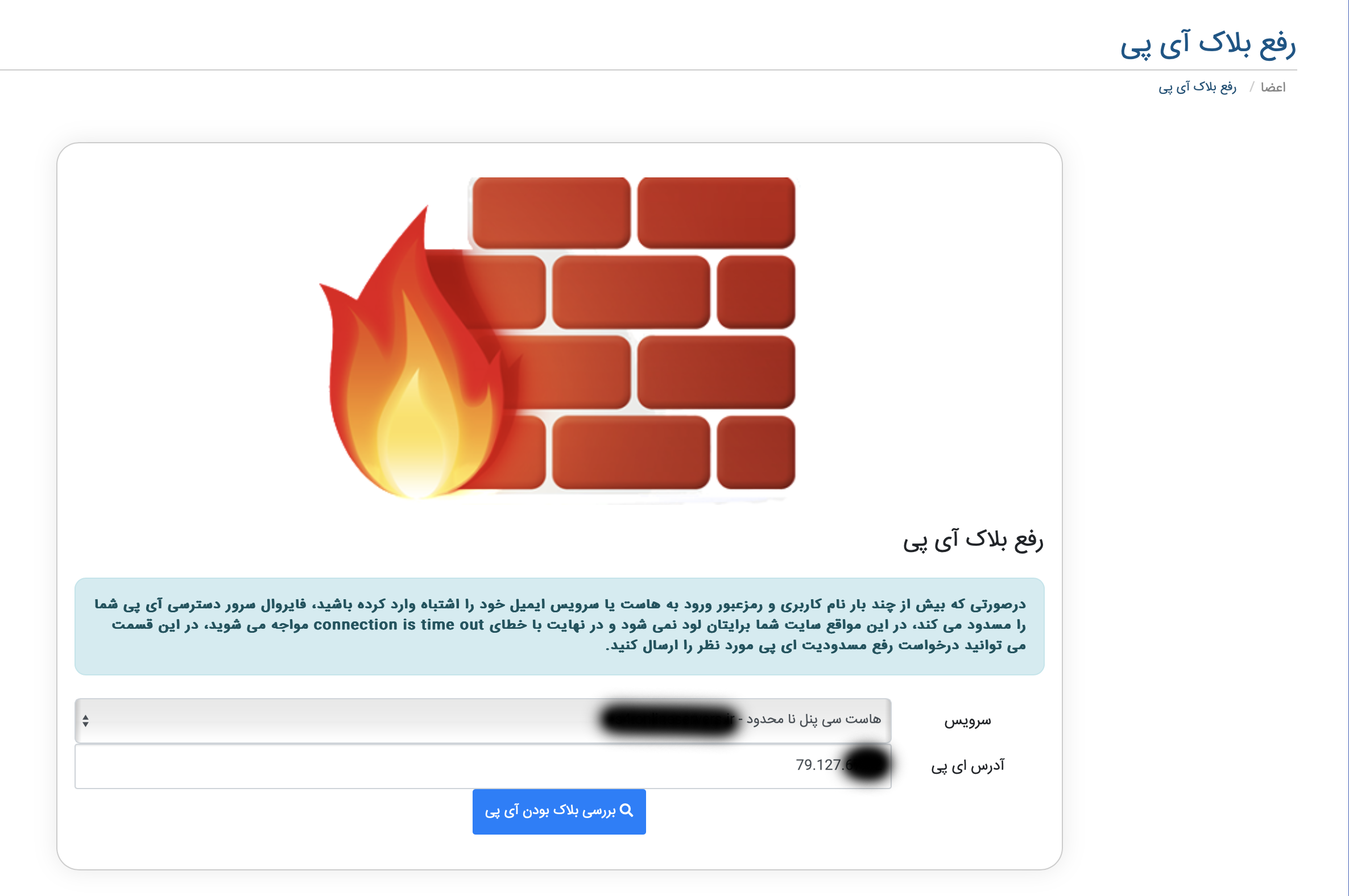Installing a Master
Requirements
SolusVM requires the following specification:
CentOS 5+ based linux operating system
At least one external IP address
OpenVZ – Ensure you have the correct partition requirements – http://wiki.openvz.org/User_Guide/Installation_and_Preliminary_Operations#Disk_Partitioning
Xen – Ensure you have the correct partition requirements – http://wiki.solusvm.com/index.php/Xen_Virtualization#Server_Requirements
Notes
You CANNOT Install a SolusVM Master on a Xen Virtualized Slave, It has to be on a None Virtualized Server – A VPS is Perfect
Installing a Master
In SSH as root do the following:
wget http://soluslabs.com/installers/solusvm/install
chmod 755 install
./install
You will now be presented with the following menu as illustrated below:
File:Install1.jpg
Select option 1
You will now be presented with the next menu as illustrated below:
File:Install2.jpg
If you need to install a master that won’t host any virtual servers, select option 2 (recommended)
If you need to install a master that will host virtual servers, select option 1
The install will now do it’s work.
Remembering to disable SELinux as required.
Once installed go to http://myipaddress:5353/admincp/ and login using (uname) vpsadmin (pword) vpsadmin
Also see Setting up system cronjobs
TroubleShooting
There seems to have been a slight problem with our database, please try again later
This usually occurs when the SolusVM MySQL installation has conflicted with an existing MySQL instance.
To fix this problem run the following on the node:
yum remove mysql mysql-client mysql-server
Now run the SolusVM installer again.
I keep getting connection error when adding a slave to the master.
Check the IP Address that is listed in /usr/local/solusvm/data/allow.dat on the slave matches the IP Addess of the master. This file can take more than one ip address but each ip must be on it’s own line.
To double check the IP of the master do the following:
curl -s http://checkip.dyndns.org/ | grep -o “[[:digit:].]\+”
The above code should output the correct IP. You can also check the main IP of the node by doing the following:
ifconfig
Make sure the correct IP is listed for eth0.
I get PHP modules errors after install.
SolusVM uses the standard CentOS PHP rpms for its installation so any other version usually breaks the system.
To check the version do the following in SSH:
php -v
You should get the output of 5.1.6 i.e:
PHP 5.1.6 (cli) (built: Apr 7 2009 08:00:04)
Copyright (c) 1997-2006 The PHP Group
Zend Engine v2.1.0, Copyright (c) 1998-2006 Zend Technologies
with the ionCube PHP Loader v3.1.34, Copyright (c) 2002-2009, by ionCube Ltd.
If you get any other version it usually means you have extra repos installed in yum, like the old lxlabs repo or rpmforge repo. There is no real need to have these extra repos installed on your node and they can be removed from the /etc/yum.repos.d folder.
Any module errors are usually caused by the modules directory being wrongly defined in /etc/php.ini.
For 32bit systems the module directory should be: /usr/lib/php/modules
For 64bit systems the module directory should be: /usr/lib64/php/modules
منبع:
http://wiki.solusvm.com/index.php/Installing_a_Master
